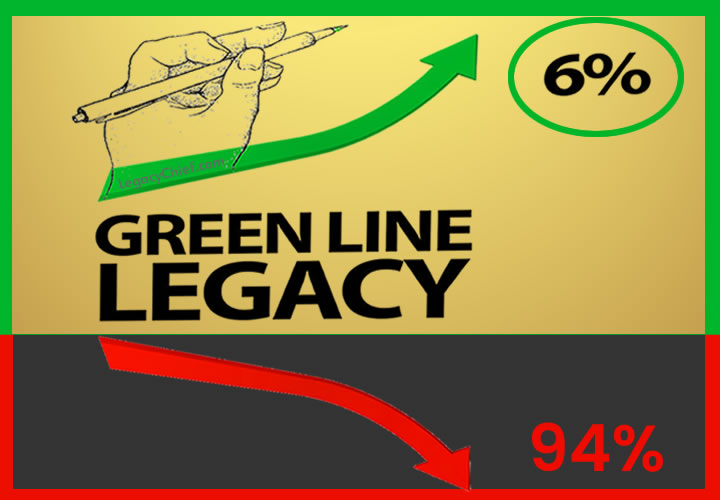Likes UP: Thumbs Up Symbol PART ONE

The actual origin of the thumbs-up as we know it has changed over the years.
Maybe I should rethink giving up my acting career?
We have all seen the movie Gladiator, where the roman gladiator lost and they give him a thumbs-up to live or thumbs-down to die.
Which from historians is actually wrong. Giving a thumbs up or down or any direction meant for the gladiator to die, if by chance you didn’t want the gladiator to die then you would not flash any sort of hand signal at all.
The version of “Thumbs-up” that we know of now happened centuries later, when French and English decided to give a signal that had more of a positive influence.
Reagan gives this article a thumbs up from the grave
English businessmen would seal the deal with sticking their thumbs up wet them and pressing them together, Englishmen also counted money by wetting their thumbs first. The French, on the other hand or thumb, counted on their hands, and started with the thumb.
I give Thinksquad the President’s approval
Once the thumbs-up became a sign of a good thing, Europeans rewrote Roman history.
If you no like Thinksquad, I will be execute
Centuries later the military during World War Two, used the symbol as a good thing as well, and from there it spread from the Fonz to Siskel and Ebert to Facebook.
Two Thumbs Up with Siskel and Ebert “At The Movies”
The above images and text on Thumbs Up from Thinksquad.
Likes UP: Thumbs Up/Thumbs Down
Since 1981 show reviewers would approve/disapprove the films they reviewed with a “thumbs up” or “thumbs down” as a bottom-line recommendation on whether to see a reviewed movie or not. Thumbs Up/Thumbs Down
(Thumbs Up/Thumbs Down use first as a 1981 test run then used permanently since the Siskel & Ebert incarnation of At the Movies in 1986). This system departed from the longstanding tradition of ratings with a number of stars or other symbols.
As the show became more influential, movie studios would proudly advertise when their movie got “two thumbs up.” In response, the phrase was trademarked in 1989 to ensure against fraudulent use that would endanger its credibility. The critics frequently qualify their recommendations (e.g., “a mild thumbs up” or “two thumbs way down”) in their remarks, but the official rating remains simply positive or negative. Prior to their 1986 move to Disney, the Siskel & Ebertcritics approved/disapproved the films they reviewed with a yes/no verdict.
Following the death of Gene Siskel in 1999, Disney considered not permitting guest critics to use the “thumb” rating in their movie review. However, this was quickly revoked, enabling the show to continue with its signature. (A picture of the guest critic’s own hand giving a “thumbs up” or “thumbs down” was used in the show’s graphics presenting his or her review.)
Upon being informed in mid-2009 of the most recent change in co-hosts to Scott and Phillips, Ebert indicated to Phillips that he would be prepared to return his endorsement and the “Thumbs” system to the series. However, Disney turned down the offer, saying that the show had “moved on”.
See It/Skip It/Rent It
On the show airing the weekend of May 24, 2008, the hosts began using the terms “See It” [green] and “Skip It” [red] (which appeared in on-screen graphics) when summarizing their reviews. “Rent It” [yellow]has been used to indicate a weakly positive verdict, suggesting that the viewer wait until the movie is available on home video.
Edited Except from Wikipedia Thumbs Up/Thumbs Down
See PART TWO
#LikesUP for Thumbs UP












2 Comment on “Likes UP: Thumbs Up Symbol PART ONE”